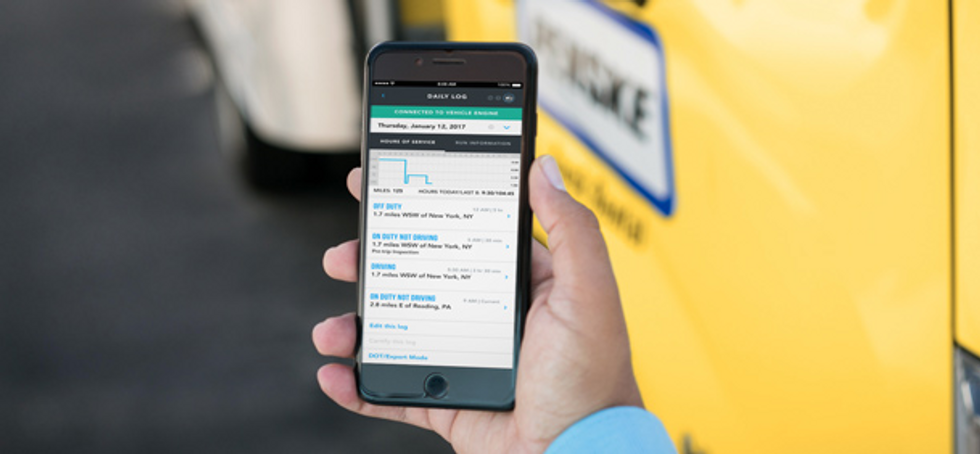
Final ELD Mandate Deadline Takes Place in December
The last leg of the electronic logging mandate occurs in December, and all fleets that are required to keep records of duty service will need to have electronic logging devices (ELD) installed in their trucks. Many fleets have already made the transition, but those that haven’t should act now.
“We want to make sure we’re having discussions with our customers so we can understand their current state and their goals,” said Samantha Thompson, fleet telematics and customer success manager at Penske Transportation Solutions. “Then we can find a product that grows with their fleet and doesn’t just solve for right now.”
Customers that haven’t yet installed ELDs first need to determine if they have an automatic on-board recording device (AOBRD) or an even older system. Then they have to figure out what steps they have to take to either update their existing system or install a new one.
“For systems two-to-three years old, it could be as simple as a software update,” Thompson said. “Some of our customers who bought hardware five-to-six years ago may need to upgrade or switch their hardware. Penske can serve as a neutral, trusted advisor. We understand the landscape of what is happening in the market. We can help customers find a solution, install the product and integrate that solution with Penske's systems.”
ELDs record drivers’ hours-of-service, but the data they generate can have additional benefits for fleets.
Thompson: “Yes, the government is telling you that you have to install an ELD, but there is a lot of value outside of being compliant with hours-of-service rules. Even on a small scale, the data can help a fleet increase efficiency, improve safety and streamline operations.”
Penske works closely with customers to identify the ways an ELD can go above and beyond merely recording HOS information. “Connectivity means visibility,” Thompson explained. “That gives me information to manage my fleet.”
ELDs are connected to the engine, which means they can report useful data, such as fuel information. Also, many of these systems can integrate with Penske's systems so pre- and post-trip inspection reports can be sent directly to Penske.
“And we integrate with fault codes and other engine information that we’re using for remote diagnostics,” Thompson noted, adding that Penske’s 24/7 Roadside Assistance team can access the information when a vehicle has a breakdown. “We can look at the fault codes, fuel level, engine temperature, the year make and model. There is a lot of information that can come off the vehicle to help get it taken care of faster.”
Fleets need to make qualified ELD buying decisions, but they need to make them quickly. "You need to do this before December,” she stated. “You have to take into account not only purchasing a system but getting it installed, providing training and managing the change.”
Fleets need to ensure that drivers know how to operate the system and can provide the right information during an inspection.
“If your driver doesn’t know how to use the ELD and how to navigate it, it is like he doesn’t have one,” Thompson said. “I can’t stress enough the importance of making sure the drivers know how to get the information.”
By “Move Ahead” Staff